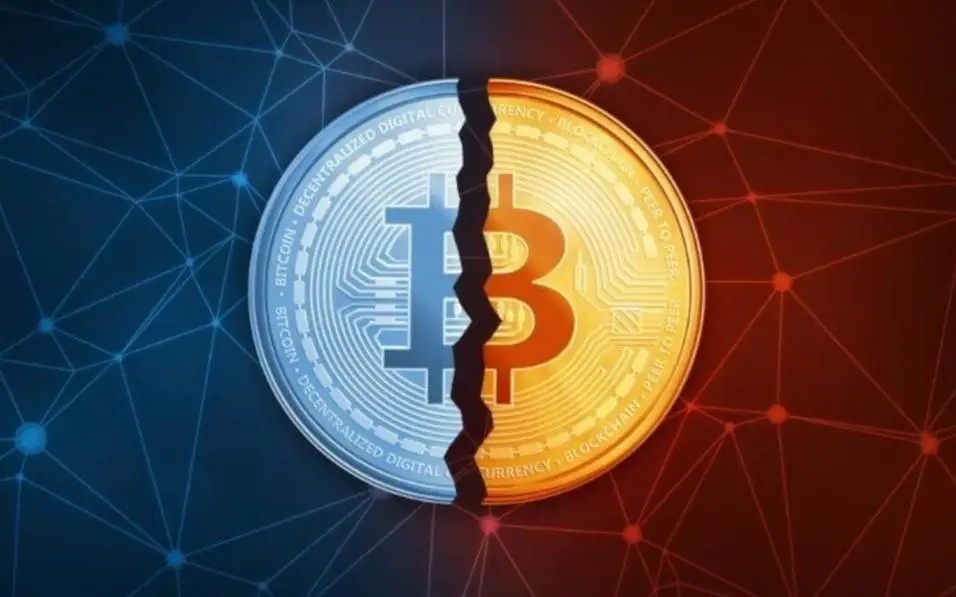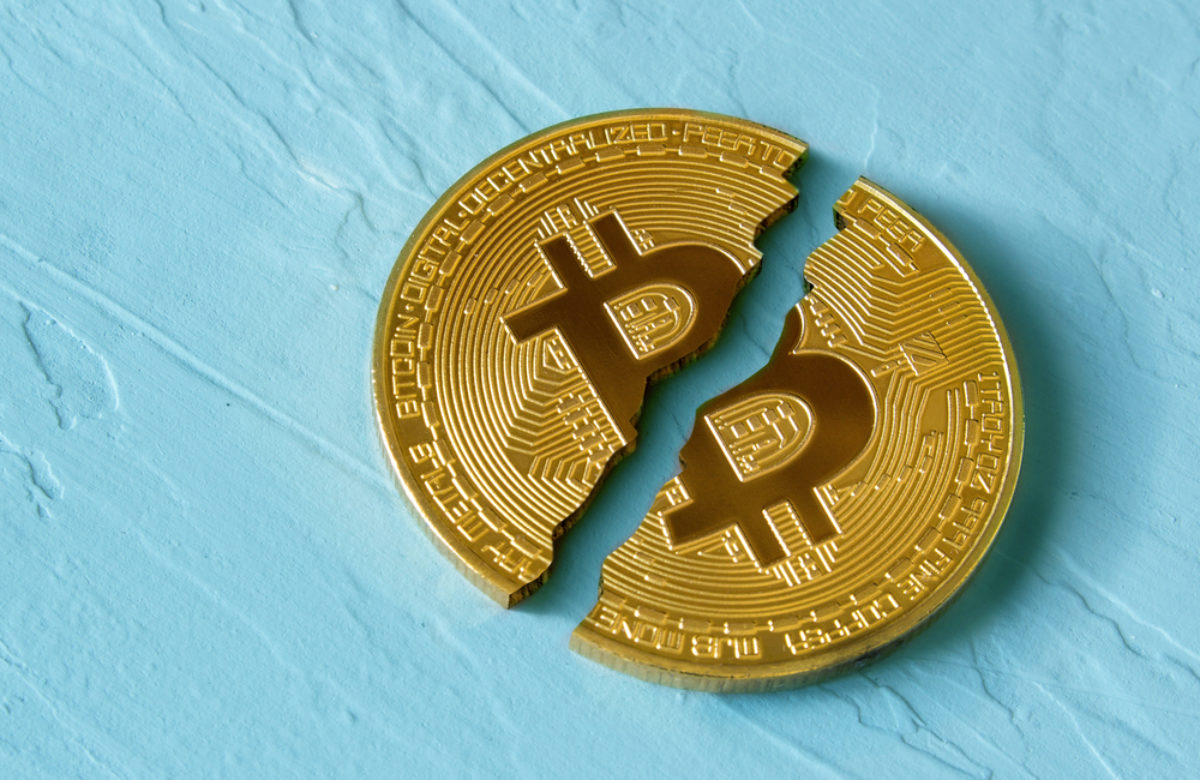
Every four years, each grabs attention from across the globe. Every one sparks lively discussion.
For the time being, a BTC halving event may draw a somewhat lesser crowd than the Olympics or the US presidential election. It's still a historic occurrence, however. Months of discussion have gone into how the next halving, which is anticipated on Friday, would affect the price of Bitcoin.
The halving, according to some observers, may cause the price of Bitcoin to soar. Some have countered that the halving was already factored in over the previous year or so of Bitcoin's price increase. As the halving approaches, let's reread its contents and examine the argument in more detail.
A Bitcoin Halving Event: What Is It?
A halving occurs when the supply of fresh rewards is slashed in half by the underlying blockchain of Bitcoin. It happens when miners add 210,000 blocks to the network, which happens about every four years. Its purpose is to control the quantity of BTC in the market, which lowers inflation but reduces miners' profit margins.
The block reward, or the money that miners are paid for confirming transactions on the blockchain, will decrease to 3.125 BTC as part of the most recent halving. It was 6.25 BTC at the last halving event in 2020 and 12.5 BTC in 2016.
The person or group that created Bitcoin in 2009 under the pseudonym Satoshi Nakamoto limited the amount of BTC that may be generated at 21 million. And miners haven't yet crossed that line. According to analyst estimates, as of April, there were around 19.68 million Bitcoins in circulation. Thus, until 2140, halving occurrences will take place every four years.
The Proving Argument for the Halving

After the most recent halving event, some bulls in bitcoin believe the price of the cryptocurrency could reach $150K by the end of 2024. After all, the price of Bitcoin has increased each time the pace of new supply has decreased.
Think about how the price of Bitcoin increased 90 times in 2012 between the day of the halving and the peak of the cycle. From the day of the halving until the peak in 2016, it increased thirty times. Additionally, from the day of the halving until its peak in 2020, it increased by 8 times.
Bulls in Bitcoin argue that restricting the amount of the currency has allowed it to hold its value over time and maybe even protect it from the inflationary pressures that fiat currencies experience. Now, basic supply-and-demand economics is pushing up the price due to growing involvement from institutional and retail players. Similar to precious metals like gold or silver, Bitcoin gains value when its supply is restricted.
Gemini COO Marshall Beard told CNBC, "Everything went up so fast already this year; there's just a lot of activity, a lot of adoption, new regulation, ETFs, the halving, miners needing to get out."
Beard said, "Until that new all-time high, which I think will be $150,000, you're going to see violent moves up and down." "It most likely occurs this year. It moves so swiftly, in my opinion, and I believe that the momentum and supply shock cause it to go really quickly.
Although the excitement around the impending halving is probably outweighing its effects, Claire Ching, Head of Institutional at Gemini, said she is still optimistic about the market as a whole.
"I'm starting to believe that this time around, there will be more narrative," she said. "The daily supply will be cut in half, although this will only have a negligible impact on the average daily volume. The demand side of the equation will continue to drive the price of BTC, and ETFs and the institutionalization of bitcoin will play a significant role in this.
The Halving Case for Bears

Conversely, there is no assurance that halving the price of Bitcoin would cause it to rise. The price of Bitcoin has increased by more than 100% in the last year, partly due to huge capital inflows into spot BTC ETFs and expected interest rate reductions from the Federal Reserve.
Although it is impossible to forecast Bitcoin price fluctuations, some experts believe that after the halving, there will be major pressure on the cryptocurrency since mining will become less lucrative.
Head of research at 10x Research Markus Thielen said in a letter that miners may sell off $5 billion after the halving. He also claims that delayed interest rate reduction, inflation, and high bond yields have put both technology and cryptocurrency at a critical tipping point, and he has now sold out of both of these holdings.
As it has in the past after halvings, Thielen said that "the overhang from this selling could last four to six months, explaining why Bitcoin might go sideways for the next few months."
Thielen elaborated on his point, stating that if miners sell their recent purchases after the halving, there would be a mismatch in supply and demand and BTC liquidations might total around $100 million in bitcoin every day.
According to Thielen, "Other miners will probably adopt a similar strategy to gradually liquidate a portion of their inventory."
Some mining corporations have established reserve reserves ahead of the halving to offset the decline in profits. However, those who have found it difficult to turn a profit in the present climate will probably have more difficulty in the months to come.
As of Friday at 2:00 PM ET, the price of Bitcoin has dropped by about 2% so far this week, remaining over $64,000.
Read Also: Blockchains for NFTs You Should Know
*This material is provided solely for informational purposes and is not intended to be (i) an offer or solicitation of an offer to purchase or sell any interests or shares, or to engage in any trading or investment strategy; (ii) a source of accounting, legal, or tax advice; (iii) an official statement of Gemini. Regarding the authenticity and completeness of the information or any other material supplied or made accessible, Gemini, its affiliates, and its employees make no representations or warranties, either explicit or implied. There are hazards associated with buying, selling, and trading cryptocurrencies, one of which is the possibility of losing the whole investment. Before making any investing decisions, recipients should speak with their advisers. Without the explicit written permission of Gemini, it is completely forbidden to use, review, retransmit, distribute, or reproduce these contents in whole or in part.
